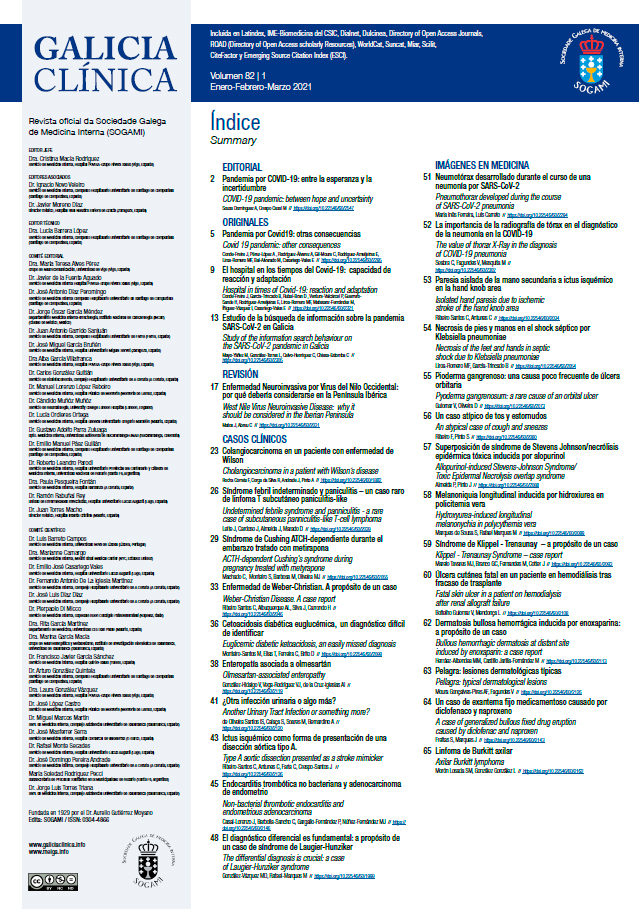Abstract
Introduction: West Nile virus has caught attention given the spike of European cases in the season of 2018. The number of infected humans exceeded the total cases of the past seven years and the virus expanded to area previous disease-free, causing significant morbimortality.
Objectives: to highlight from a clinical standpoint West Nile virus as a possible aetiology in neuroinvasive disease on humans in the Iberian Peninsula.
Materials and Methods: Data was obtained from Centres for Disease Control and Prevention and the European Centre for Disease Prevention and Control and it was conducted a review of the literature in PubMed electronic database.
Results and Discussion: West Nile virus can be transmitted by mosquitoes’ bites, blood transfusion, and organ transplant. Although most infections are asymptomatic, <1% of patients develop neuroinvasive disease presenting as meningitis, encephalitis or acute flaccid paralysis. West Nile virus should be considered as a differential diagnosis in the face of neurological symptoms of unknown aetiology in the appropriate epidemiological circumstances. Diagnosis in the clinical setting is based in serological analysis. As available treatment is only supportive, preventive measures are key to diminish this virus’ impact. The future of West Nile virus is difficult to predict, even though ongoing global changes could be factors influencing its course.
Conclusion: West Nile virus depicts the unpredictability around zoonotic diseases, hence, justifying the need of further surveillance and information in the Iberian Peninsula, considering the existence of the vector and the already recorded human/animal cases.
© 2021 Galicia Clínica.
Complete article | Pdf article


